Engaging with real-time monetary exchanges
The digital marketplace is rapidly evolving. Instant Payment (IP) sits at its core. It enables real-time transactions. These transactions mirror modern life’s tempo. From micro-transactions to substantial business deals, IP is facilitating a new era of instantaneous financial exchanges.
Defining the pulse of Instant Payment
Instant Payment (IP) eliminates traditional delays. It boasts a mere 10-second processing time. IP operates round the clock. It makes funds instantly accessible. This is crucial for the digital economy.
The global resonance of Instant Payment
The foundation of IP was laid with India’s Unified Payment Interface (UPI) in 2015. By 2022, global IP transaction value soared to $4.8tn, and with the continuous adoption, it’s projected to hit $27.7tn by 2026. The narrative of IP isn’t confined to a region; it’s a global phenomenon.
Instant Payment adoption across regions
The adoption and evolution of Instant Payment (IP) display significant variance across regions. This variance mirrors the diverse market dynamics prevalent in each region. Similarly, regulatory frameworks differ, influencing IP adoption. Consumer preferences also play a crucial role, further diversifying the adoption landscape. Each of these factors individually contributes to the unique adoption pattern of IP observed globally.
Europe: pioneering premium Instant Payment
In Europe, IP stands as a premium option. This is notable especially in Germany. It contributes to potential revenue growth1. The European Central Bank recognizes its benefits. It enables swift credit transfers. Funds become available in ten seconds2. This occurs post payment order issuance.
Asia: a hub of real-time payment Markets
Asia-Pacific leads in real-time payment markets. It hosts four out of the five largest. This underlines the region’s high IP adoption1. Yet, India presents a contrast. The revenue growth from IP seems less robust here. The reason lies in the fee structure. UPI transactions carry no fees. This factor dampens the revenue outlook from IP2. Despite this, IP’s utility remains undisputed. It continues to shape the payment landscape significantly.
North America: rising demand for Instant Transactions
In the U.S., instant payments drive A2A transaction growth1. This growth reflects a changing payment landscape. However, a forecast shows a modest outlook. Real-time payments (RTPs) may only reach 5% by 2027. This forecast pales in comparison to others. For instance, Europe projects a 13% reach. Asia Pacific aims for a 12% reach2. The disparity in projections is noticeable. It underscores regional differences in IP adoption. Each region’s regulatory framework impacts these projections. Moreover, consumer preferences also play a role. They significantly influence the adoption rates of RTPs. Despite the modest forecast, IP’s momentum in the U.S. is undeniable. It continues to reshape the payment dynamics significantly.
LATAM: Brazil leading the charge
In Brazil, almost half of the transactional revenue growth through 2027 is anticipated to stem from instant payments, reflecting a positive outlook for IP adoption in the region1.
The Road Ahead
A $27.7tn transaction value is projected for IP by 20261. This projection is towering. It marks IP as more than a fleeting trend. It’s a significant move towards a real-time global economy. Here, seamless transactions will become the norm. This transition is notable. It is not an exception but a rule. This shift is expected to have ripple effects. They will continue to unfold over time. Each unfolding phase marks a milestone. It’s significant in the digital transaction evolution.
This evolution is crucial for global economic growth. It reflects the rising importance of real-time transactions. These transactions are now becoming a backbone of modern economy. The narrative of IP is thus a crucial discussion. It shapes the discourse of digital transactions globally1. This discourse is likely to evolve further. It will keep pace with the evolving IP landscape. Each development in this landscape is consequential. It reflects the growing significance of IP in global economic dialogues.
Eager to discover more payment innovations? Dive into our #PayDecoding library for a wealth of insights awaiting you!




